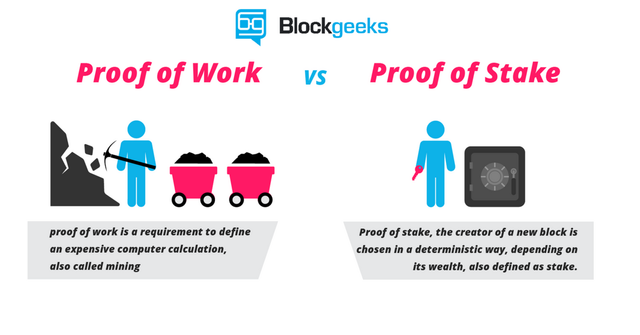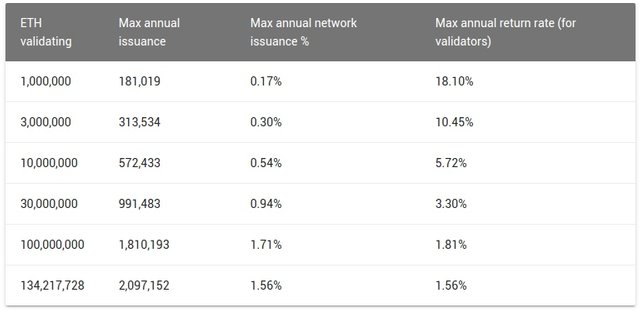Ethereum Proof of Stake(PoS) : Things You Need To Know
Ethereum currently the 2nd largest cryptocurrency in terms of Marketcap has been the most sort after cryptocurrency next to Bitcoin.
PoW to PoS
As of now Ethereum has a Proof of Work (PoW) consensus model, where miners spend computation power and energy ( Electricity) to validate the transactions in the network. Bitcoin also has a PoW consensus model.
But recently there has been a lot of buzz around Ethereum 2.0 where it is switching to Proof of Stake (PoS), where instead of miners the validation process is done by the users who hold and stake Ethereum.
Here the users who stake Ethereum are considered as Validators and they are rewarded based on the amount of Ethereum they stake.
The ‘Casper Protocol‘ is said to transform Ethereum from a proof-of-work (PoW) model .
But in the early days , Ethereum is said to be a hybrid model combining both Proof of Stake and Proof of Work models.
Later Ethereum will be converted into a complete Proof of Stake (PoS) model.
Ethereum Staking Reward
Most of the PoS models have a minimum number of tokens to stake in order to receive the reward.
In Ethereum this is said to be 32 ETH Tokens.
Only the users who have staked a minimum of 32 ETH will be considered as validators in the network.
The Ethereum Staking Reward is subjective to the total amount of ETH tokens that are staked initially.
The More the staked tokens , the less will be the individual rewards and vice versa.
According to the team, This reward may vary anywhere from 4.6%–10.3% annually.
Conclusion
This switch from PoW to PoS will have a huge impact on the Ethereum network.
But this may either be a negative effect or a positive one , and whatsoever it's impact will be huge .
We will have to wait and watch how the network and the community reacts to this change.
You can Follow me HERE
Thank You.


